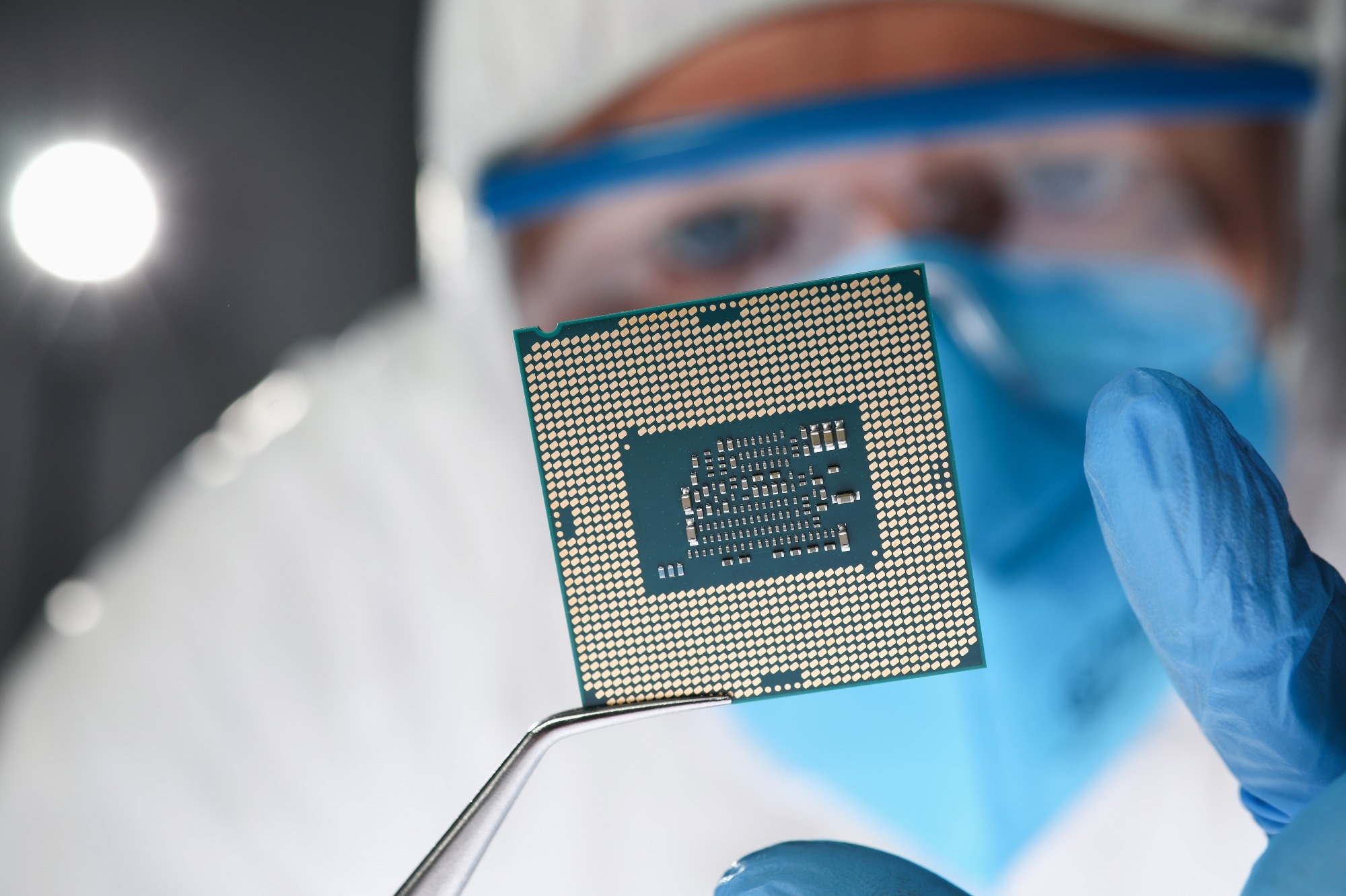The industrialization of food production and globalization have brought the dangers of contamination and outbreaks of foodborne pathogens through large batches of commercially produced and packaged foods.
Traditional and molecular methods to detect foodborne pathogens are expensive, time-consuming, and needs trained operators.
In a recent study published in AIP Advances, researchers from China developed a cost-effective three-dimensional (3D)-printed microchip with an aptamer sensor that can detect four foodborne pathogens with high specificity and sensitivity.
 Study: 3D printed microfluidic chip integrated with nanointerferometer for multiplex detection of foodborne pathogens. Image Credit: H_Ko/Shutterstock.com
Study: 3D printed microfluidic chip integrated with nanointerferometer for multiplex detection of foodborne pathogens. Image Credit: H_Ko/Shutterstock.com
Background
The World Health Organization (WHO) estimates show that one in every ten people get sick after eating contaminated food, and foodborne illnesses claim close to 42 million lives every year.
The United States (U.S.) Centers for Disease Control and Prevention (CDC) has reported that 12 and 33 million individuals in the U.S. alone require hospitalization due to foodborne illnesses yearly.
Furthermore, the annual economic impact of an outbreak of foodborne pathogens is also significant. The regulatory body in China disqualified nearly 15,000 batches of food due to contamination. The contaminants included microbes, pesticides, food additives, veterinary drug residues, heavy metals, and biological toxins.
Despite significant advancements in technology for testing food safety, the presence of foodborne pathogens continues to be a safety concern worldwide.
About the Study
In the present study, the researchers used a 3D printer to create a microfluidic chip containing a stop-valve mechanisms and an array of aptamer sensors to identify foodborne pathogens.
Aptamers are short single-stranded deoxyribonucleic acid (DNA) or ribonucleic acid (RNA) that selectively bind to specific biomolecules and are stable under various conditions.
The low immunogenicity and small size have resulted in aptamers being used for various therapeutic, biosensing, and diagnostic applications.
Aptamers are integrated with anodic alumina oxide (AAO) nanopore technology, where the AAO’s electrochemical and optical properties allow the binding activity of the aptamer to be converted to signals that can be measured.
The aptasensors or biosensors using aptamers developed using this technology can use electrochemical, fluorescent, and colorimetric signals to detect pathogens. Furthermore, applying aptasensors for multiplex detection, where one assay can detect multiple pathogens, conserves resources and time.
Here, the researchers designed a 3D-printed microfluidic chip with a stop-valve carrying aptamer-based optical sensors to identify the presence of four well-known foodborne pathogens — Salmonella typhimurium, Escherichia coli, Staphylococcus aureus, and Listeria monocytogenes.
The researchers used AutoCAD to design a 3D square platform that was 7 cm in length and contained a stop valve, a flow channel, and a dropping port apart from the sensor region.
Acrylonitrile butadiene styrene (ABS) copolymer was used in the 3D printer to create the designed platform. The AAO nano interferometer integrated with the aptamer formed the biosensor.
The fused deposition modeling technique used for 3D printing generally results in a textured and rough surface sanded and polished using a microsander.
Additionally, a surface hydrophilic agent was used to overcome the hydrophobicity of ABS so that the liquid dropped in the dropping port would flow freely.
Suspensions of cultures of S. typhimurium, E. coli, S. aureus, and L. monocytogenes were used to evaluate the functionality of the aptasensor 3D microchip, and the specificity of the sensor was evaluated.
Major Findings
The study found that the 3D microfluidic chip carrying the aptasensors could detect foodborne pathogens at the limit-of-detection of 10 colony-forming units per milliliter (CFU/ml).
Given that the bacterial concentrations of foodborne pathogens that cause human illnesses are between 10 CFU/ml and 10,000 CFU/ml, the observed limit-of-detection makes this 3D biosensor an effective method for detecting pathogenic contamination of food.
Experiments using food dyes reported optimal functioning of the stop-valve and flow channels. The specificity tests also indicated that the aptamer used to detect E. coli did not bind to other pathogens.
Furthermore, the limit-of-detection achieved by this aptamer-based microchip biosensor using AAO nanopore technology was significantly higher than in previous studies that explored paper-based microfluidic chips for multiplexed aptasensors.
The researchers believe that the high specificity and efficiency displayed by the 3D printed microfluidic chip aptasensor makes it an ideal candidate for cost-effective, accurate, and rapid screening of products in the food industry for foodborne pathogens.
Conclusions
To summarize, the researchers developed a 3D-printed microfluidic AAO nanopore chip using aptamers to detect the presence of four foodborne pathogens.
The study showed that the biosensor could detect four major foodborne pathogens — S. typhimurium, E. coli, S. aureus, and L. monocytogenes — at 10 CFU/ml limit-of-detection.
The microchip aptasensor offers an accurate and cost-effective method to screen food products for foodborne pathogens effectively.